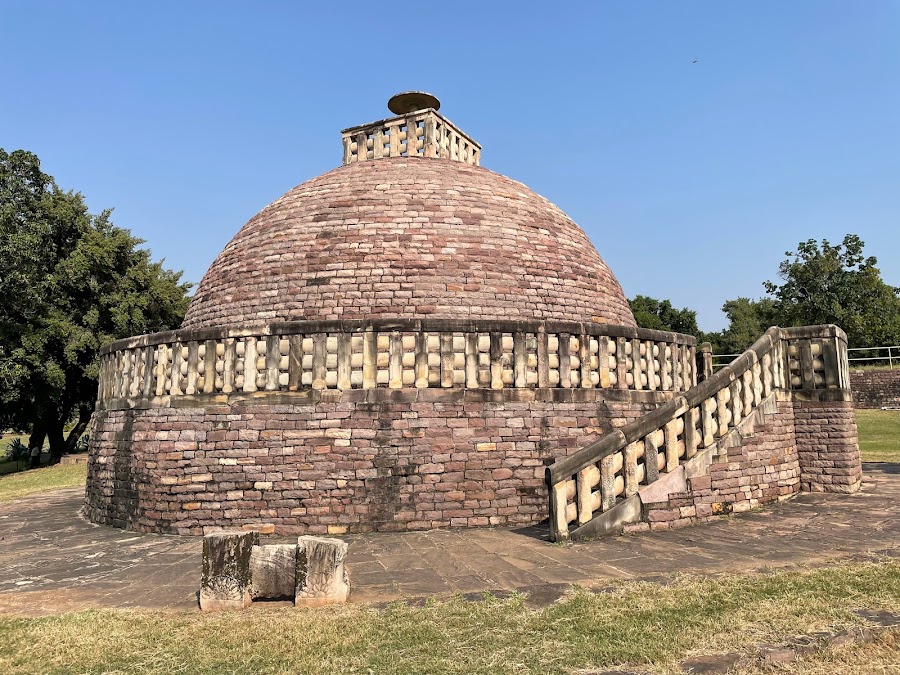
Sanchi Stupa
Sanchi, India
- Explore the Great Stupa and its gateways.
- Learn about Buddhist art and philosophy.
- Meditate in the peaceful surroundings.
- Photography of the ancient structures.
- Visit the Archaeological Museum to see artifacts.
Known for:
Description:
Sanchi Stupa, a UNESCO World Heritage site, is an ancient Buddhist complex renowned for its Great Stupa, one of the oldest stone structures in India. The site showcases remarkable examples of early Buddhist art and architecture, including intricately carved gateways (toranas) depicting scenes from the Jataka tales and the life of Buddha. Visitors can explore the various stupas, monasteries, and temples within the complex, gaining insight into the evolution of Buddhism and its artistic expressions. The serene atmosphere and historical significance make Sanchi Stupa a captivating destination for history buffs, spiritual seekers, and anyone interested in ancient Indian culture.
History:
The history of Sanchi Stupa dates back to the 3rd century BCE when Emperor Ashoka commissioned the Great Stupa. Initially a simple earthen mound, it was later enlarged and adorned with stone during the Shunga period. The Satavahanas added the elaborate gateways in the 1st century BCE, showcasing intricate carvings that narrate Buddhist stories. The site flourished as a major Buddhist center for several centuries, attracting monks and pilgrims from across the region. However, it was eventually abandoned and forgotten until rediscovered in the 19th century by British archaeologists. Restoration efforts have since revived the site, preserving its historical and artistic heritage for future generations.